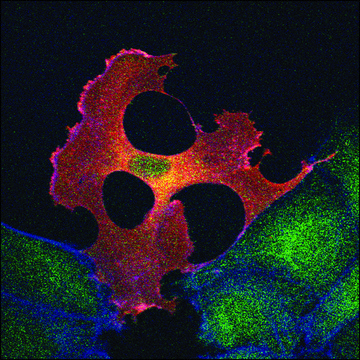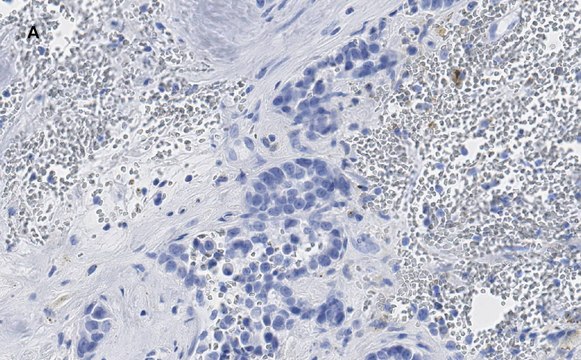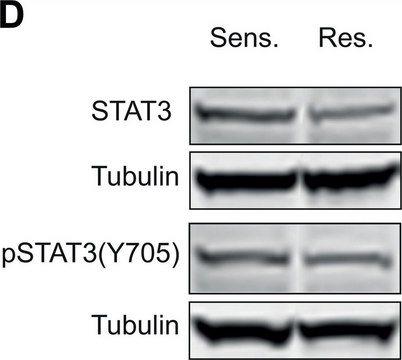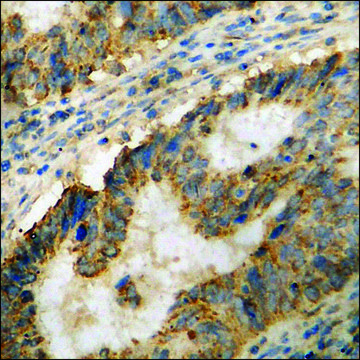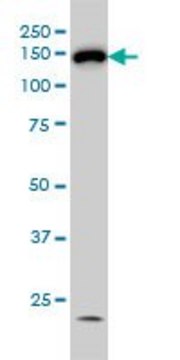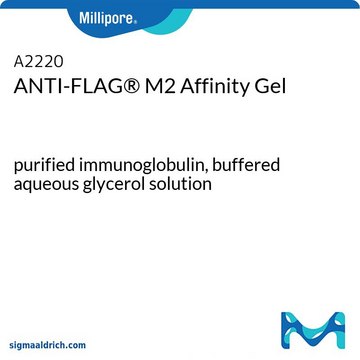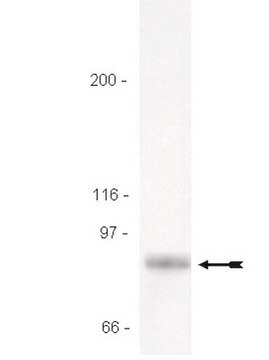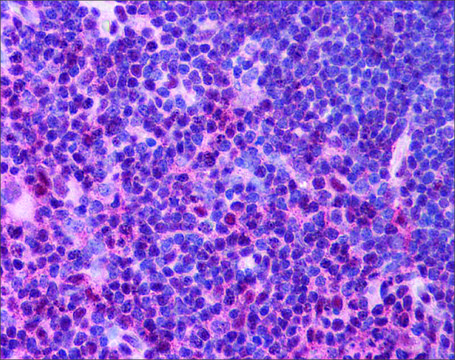05-485
Anti-phospho-STAT3 (Tyr705) Antibody, clone 9E12
clone 9E12, Upstate®, from mouse
Synonym(s):
Acute-phase response factor, DNA-binding protein APRF, signal transducer and activator of transcription 3, signal transducer and activator of transcription 3 (acute-phase response factor)
About This Item
Recommended Products
biological source
mouse
Quality Level
antibody form
purified immunoglobulin
antibody product type
primary antibodies
clone
9E12, monoclonal
species reactivity
canine, human, mouse
manufacturer/tradename
Upstate®
technique(s)
ELISA: suitable
immunoprecipitation (IP): suitable
western blot: suitable
isotype
IgG1κ
NCBI accession no.
UniProt accession no.
shipped in
dry ice
target post-translational modification
phosphorylation (pTyr705)
Gene Information
human ... STAT3(6774)
General description
Specificity
Immunogen
Application
ELISA: 0.05 µg/mL of this antibody is recommended by an independent lab for ELISA testing. Test was conducted on a previous lot.
Epigenetics & Nuclear Function
Transcription Factors
Quality
Western Blot Analysis:
0.1-1 µg/mL of this lot detected phospho-STAT3 (Tyr705) in lysates from human SK-NMC cells stimulated with CNTF.
Target description
Linkage
Physical form
Storage and Stability
Handling Recommendations:
Upon receipt, and prior to removing the cap, centrifuge the vial and gently mix the solution. Aliquot into microcentrifuge tubes and store at -20°C. Avoid repeated freeze/thaw cycles, which may damage IgG and affect product performance. Note: Variability in freezer temperatures below -20°C may cause glycerol-containing solutions to become frozen during storage.
Analysis Note
SK-N-MC cells
murine macrophage 4/4 cells, serum-starved for 16 hours then stimulated with Phorbol 12-myristate 13-acetate (PMA) for 10 minutes
Other Notes
Legal Information
Disclaimer
Not finding the right product?
Try our Product Selector Tool.
recommended
Signal Word
Danger
Hazard Statements
Precautionary Statements
Hazard Classifications
Acute Tox. 3 Dermal - Acute Tox. 4 Inhalation - Acute Tox. 4 Oral - Aquatic Chronic 3
Storage Class Code
6.1C - Combustible acute toxic Cat.3 / toxic compounds or compounds which causing chronic effects
WGK
WGK 1
Certificates of Analysis (COA)
Search for Certificates of Analysis (COA) by entering the products Lot/Batch Number. Lot and Batch Numbers can be found on a product’s label following the words ‘Lot’ or ‘Batch’.
Already Own This Product?
Find documentation for the products that you have recently purchased in the Document Library.
Our team of scientists has experience in all areas of research including Life Science, Material Science, Chemical Synthesis, Chromatography, Analytical and many others.
Contact Technical Service